Pink Ribbon Campaign to promote understanding and breast awareness about breast cancer
2022.10.01

to you and your loved ones

The pink ribbon is said to originate from ribbons made by the families of patients who died of breast cancer in hopes that ``such a sad thing will never happen again.'' The pink ribbon is an activity that promotes understanding and breast awareness about breast cancer. It is known all over the world as a symbol of
I wanted to create an opportunity for not only myself, but also my partner, family, and close friends to learn about breast cancer and support their loved ones.

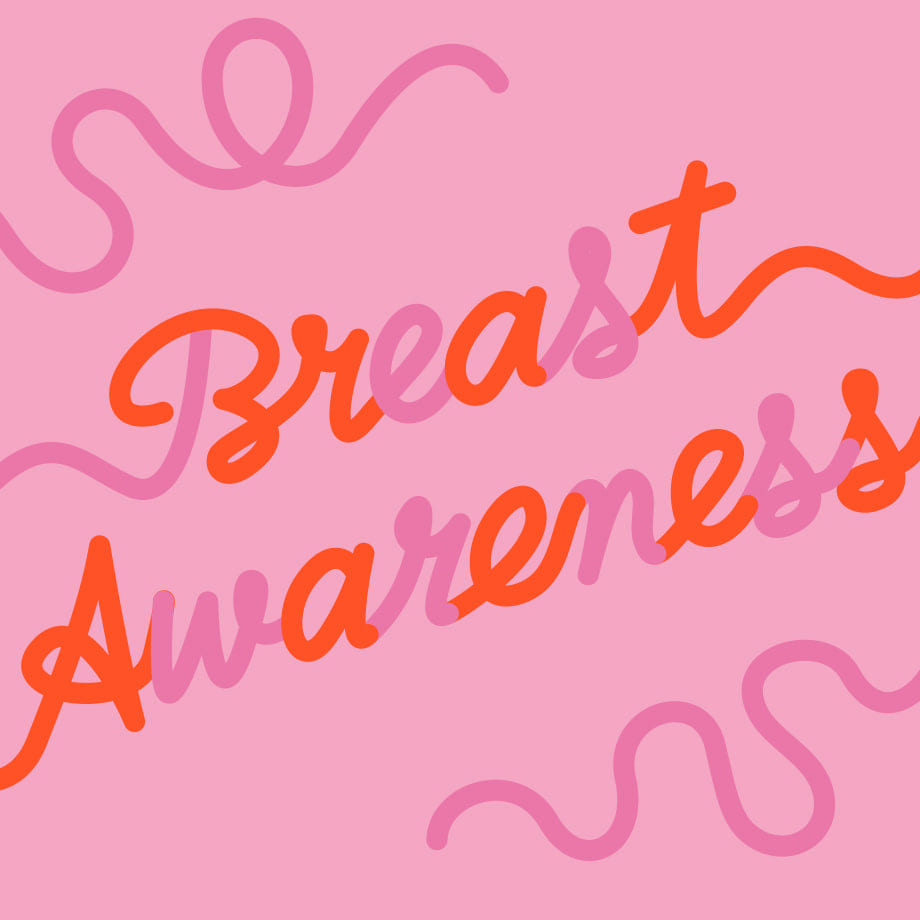
Let's learn about breast cancer
Breast cancer increases from the late 30s onwards, and women in their 40s and above are especially susceptible, and in rare cases, men have cases as well. It is said that approximately 1 in 9 women in Japan will develop breast cancer, but if detected early, the cure rate is high, so daily self-checks and screenings are important!
(Reference source: National Cancer Center "Cancer Information Service" latest cancer statistics).
(Reference source: National Cancer Center "Cancer Information Service" latest cancer statistics).
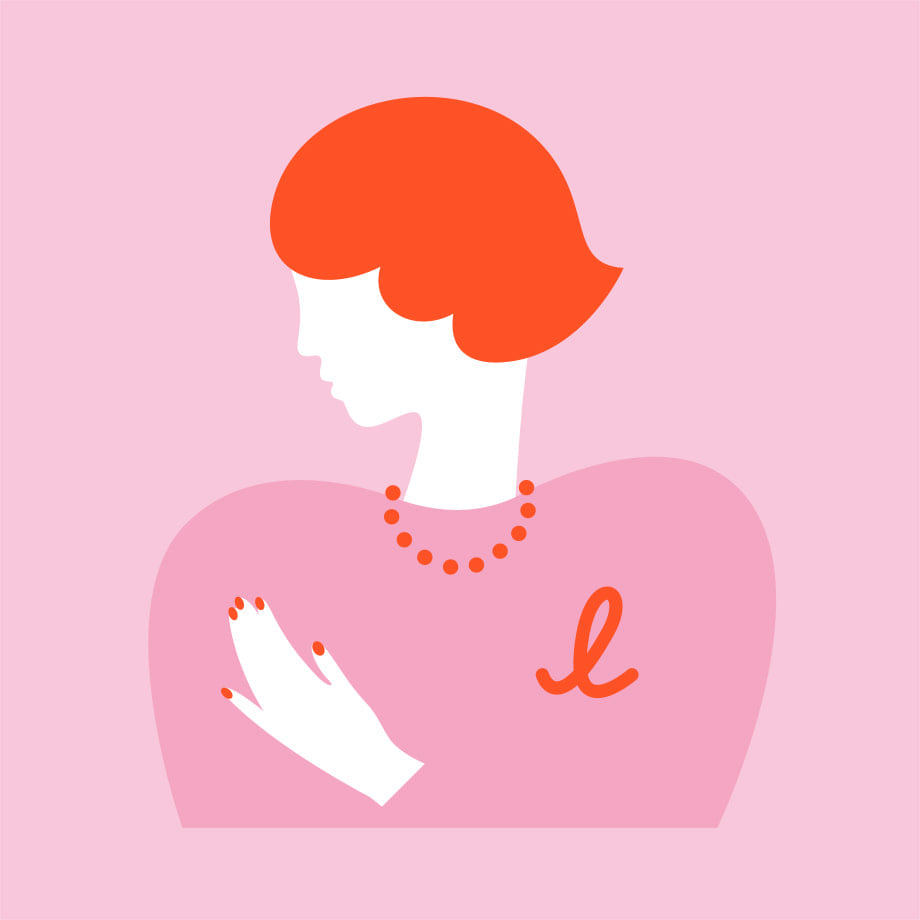
Be aware of your own signs
Check the shape and feel of your breasts on a daily basis. There may be small changes. If you have any concerns, please visit a medical institution and ask the doctor.
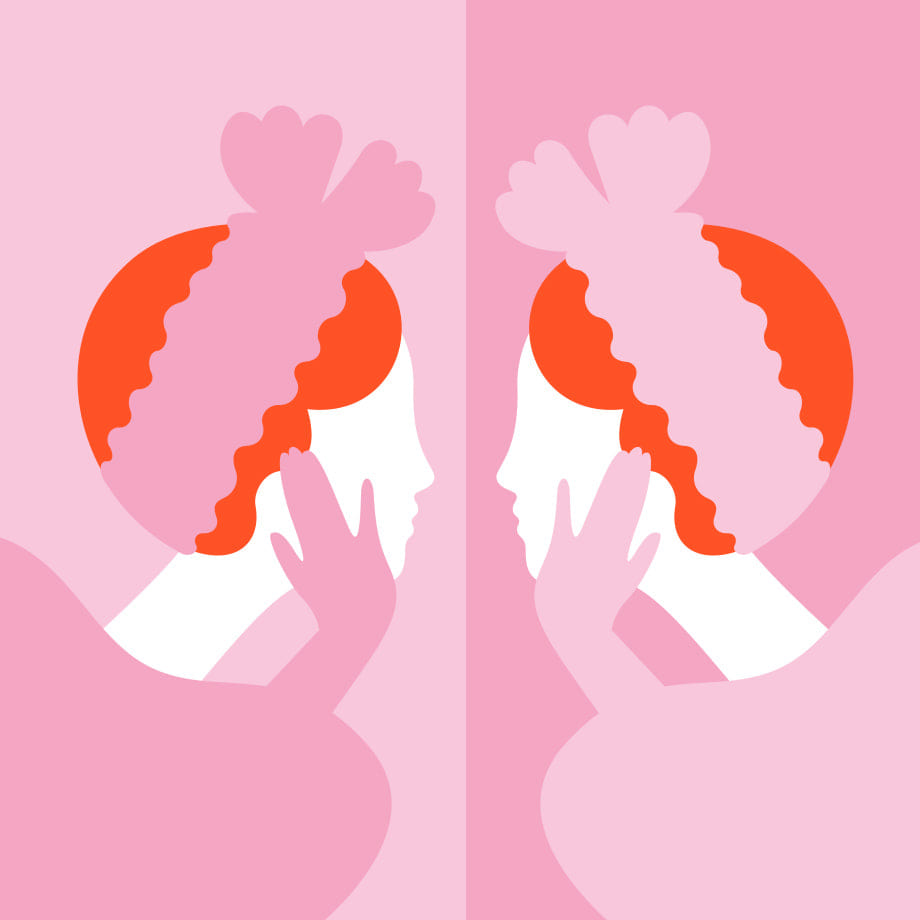
Make self-checks a routine
When changing clothes in front of the mirror or during bath time, it's perfect for self-checking! Touching your breast with soapy hands will make it easier to see the lump. Don't forget to check your armpits too.
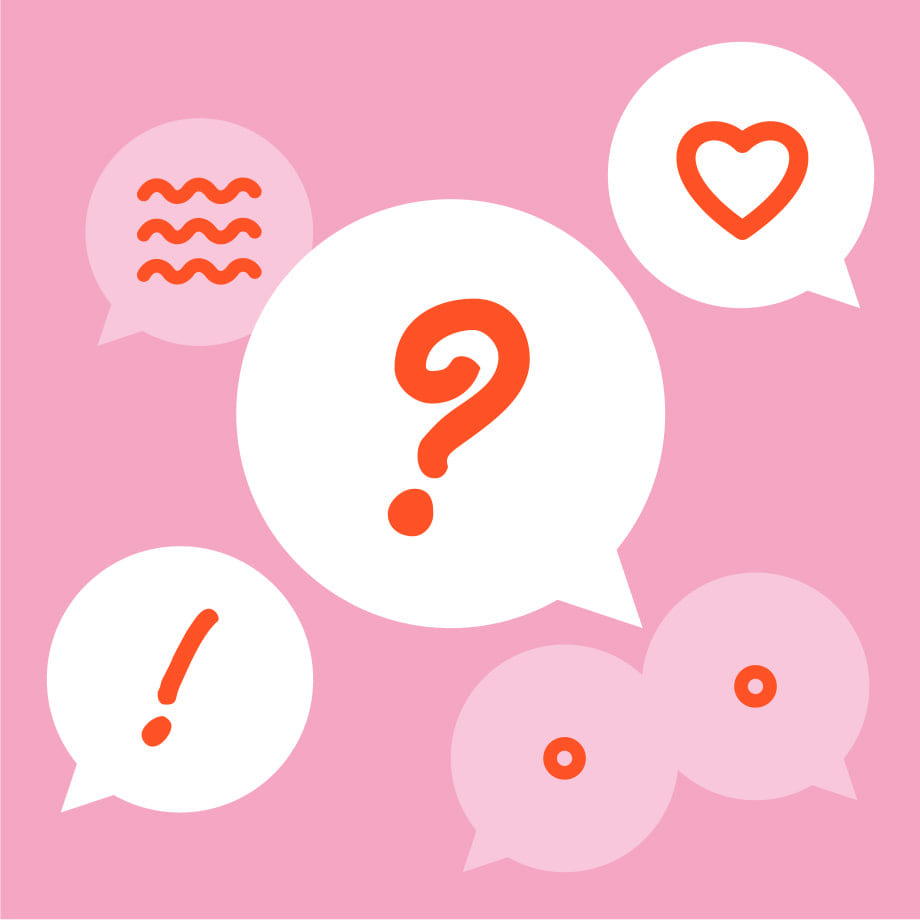
Let's tell someone
Because I want your loved one to stay healthy forever. Why not talk quietly to your best friend, family member, or partner? About breast cancer and health.
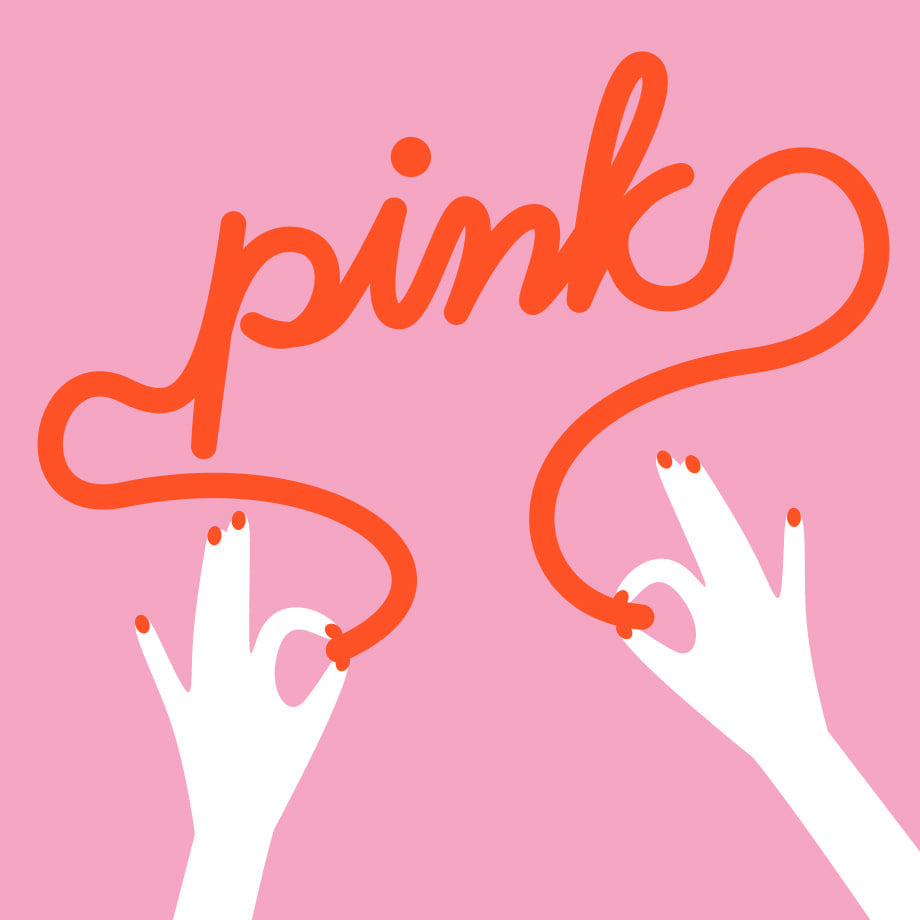
Let's expand our circle of support
The person living with breast cancer is the person and everyone who cares about that person. Expand your circle of support so that you can stay close to your concerns and worries and keep moving forward during your treatment.
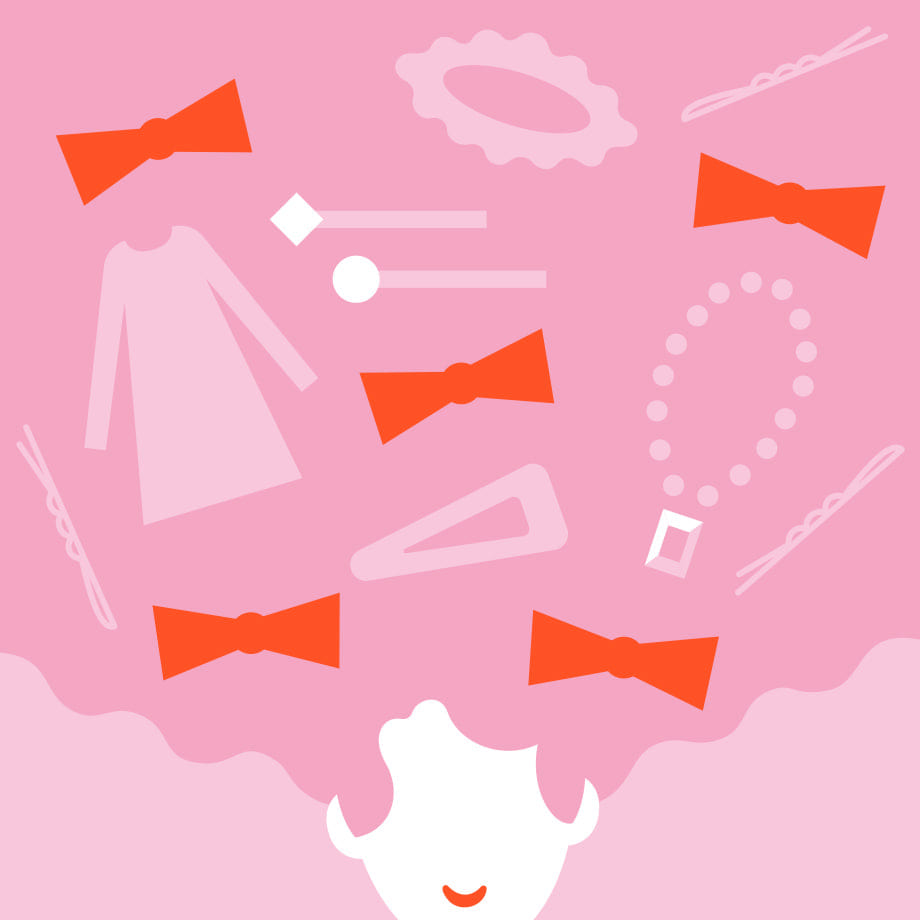
With fashion on your side
If you are concerned about your appearance due to anti-cancer treatment, etc., we recommend using accessories such as scarves and hats, as well as clothing with loose silhouettes. Please don't give up on your own style of fashion.

put your hand on your chest
MY positive action

Breast cancer is a disease where many people can be saved through the actions of each individual. Early detection is very important, and it is said that more than 90% of patients can be cured if treated early. (*1)
Do you know a simple self-check?
Are you going for a medical checkup?
Why not talk to that person close to you too?
With your kind actions, you and your loved ones will
May you be happy forever.
BEAMS will display self-check guides in the fitting rooms of 122 stores (*2) in Japan this year as well. While you're trying on clothes, try a few minutes in front of the mirror and check out some simple self-check methods. In addition, at the same store, we will hand out bath salts with a self-check guide to customers who request them. (*3) Why not use a few minutes of body care, such as bath time, as self-check time?
Please take positive action that suits you individually.
*1: It is known that more than 90% of people can survive if detected and treated early (“save” here refers to the 10-year relative survival rate from the time of diagnosis).
Reference source: Tokyo Metropolitan Bureau of Welfare and Health website “TOKYO #Women’s Health Club”
*2: Stores that do not carry women's products are not eligible.
*3: Bath salts are limited in quantity, distribution will end as soon as they run out.



I couldn't ask anyone
What happened after I got breast cancer

BEAMS' pink ribbon campaign is now in its 6th year.
We have strived to raise awareness of "breast awareness," the habit of being aware of the condition of your breasts on a daily basis, by posting a self-check guide for breast cancer in the fitting rooms of 134 stores in Japan and distributing bath salts with the guide written on them. .
This year, we have invited Dr. Taro Kusano, director of Taro Kusano Clinic, a plastic surgeon who specializes in breast reconstruction after breast cancer surgery, as a guest, and we are planning a cross talk with two staff members who are familiar with breast cancer. We asked her what she would do if she got breast cancer and what would happen after breast cancer treatment.
If you or your partner
What if you get breast cancer?
If you or your partner
What if you get breast cancer?
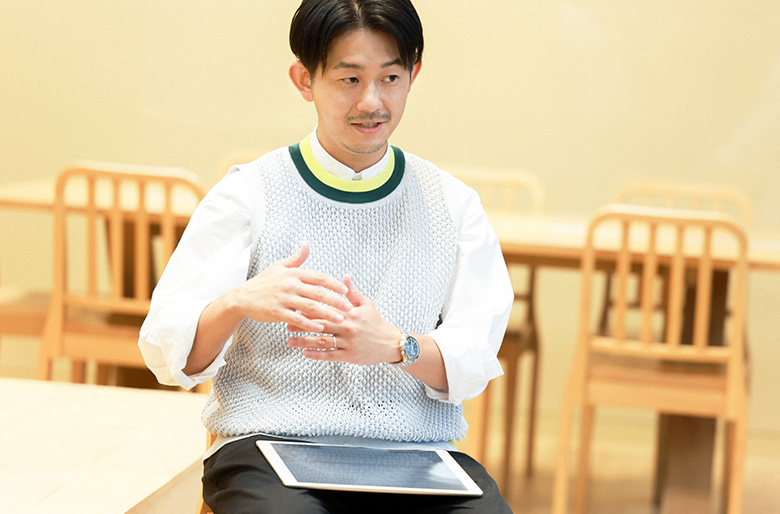
Yu Hozumi (hereinafter referred to as YH):There is an in-house distribution that introduces the activities of the entire company, and that is where I first learned about the Pink Ribbon Movement. Since then, my wife and I have started talking about breast cancer, but just like women's periods, it's difficult for men to ask if they've been screened for breast cancer. I feel that this is a difficult topic to approach.
Etsuko Meguro (hereinafter referred to as EM)): I undergo breast cancer screening every year as part of my company's health checkup, but we hardly ever talk about it at home.
Taro Kusano (hereinafter referred to as TK): It is now said that one in nine Japanese women (*1) will develop breast cancer. The most common people are people between the ages of 40 and 60.
E.M.:I will soon be 40 years old, and this will also apply to me.
T.K.: Also, cases of breast cancer under the age of 34 are called young-onset breast cancer.
YH:My wife is 32 years old and is exactly from that generation.
T.K.:In order to deepen our understanding of breast cancer, why not start by talking about these numbers?
E.M.:Having a partner interested in something is a great support for women.
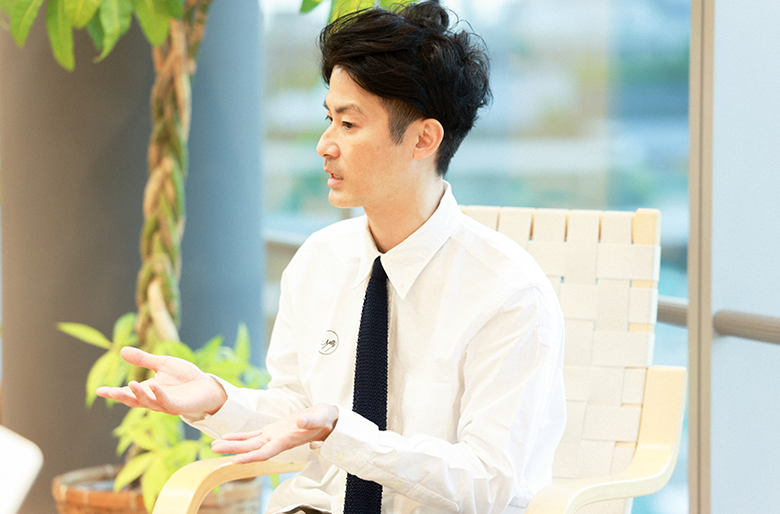
YH:What should I do if I find out I have breast cancer?
T.K.:Let's go to the hospital first.
YH: In that case, should I accompany you?
T.K.: Please accompany them if possible. At my clinic, about 1 in 30 couples visit the clinic. Partners are often more enthusiastic about asking questions. If you are panicking, it may be reassuring for you if your partner checks the hospital instead.
YH:That's certainly something that can only be done as a partner.
T.K.:It is also important to receive standard treatment for breast cancer.
E.M.:What kind of treatment is standard treatment?
T.K.: A treatment method that depends on the progress of the disease, and guidelines are determined based on scientific evidence. First, you will be diagnosed by a doctor, and after learning the stage, location, size, and spread of the breast cancer, we will discuss whether you want partial or total removal, and which treatment method to choose.
There is a way to get your breasts back
Focus on treatment first
There is a way to get your breasts back
Focus on treatment first
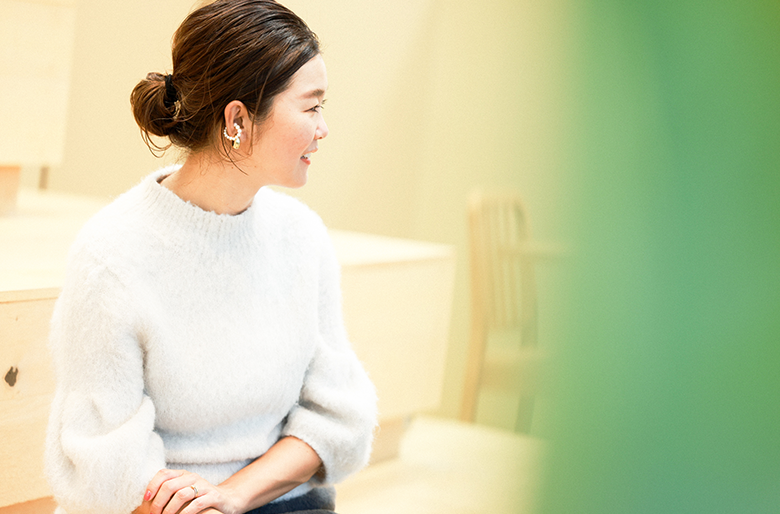
E.M.: I'm worried about how my hair, nails, and of course my breasts will change if I get breast cancer.
T.K.:There are countermeasures to the visual problem called appearance. For example, if you lose hair due to chemotherapy treatment, you can enjoy wearing a wig or very short hair, or if your nails become discolored, try painting them with colorful nails. Breast reconstruction that brings the breasts closer to their original shape is also possible. Life is what matters, so don't just be afraid of change, and make treatment your top priority.
E.M.:What methods are available for breast reconstruction?
T.K.: There are three types of reconstruction: reconstruction using artificial silicone, reconstruction using autologous tissue from the abdomen or back, and reconstruction using fat injection. First of all, silicone reconstruction puts a strain on the skin in contact with the silicone in breast cancer patients, so maintenance such as replacing it is necessary. In addition, although autologous tissue reconstruction takes time and is a heavy burden, it easily adapts to the body and eventually becomes maintenance-free.
These two are covered by insurance. Although fat injection reconstruction is not covered by insurance, it can be performed as a day surgery, is less stressful to the body, and requires almost no maintenance. I specialize in this reconstruction method.
YH:What is the breast reconstruction rate?
T.K.:Before the coronavirus pandemic, the rate in Tokyo for people who had a complete removal was about 30-35%.
E.M.:It's lower than I expected.
T.K.: It tends to be more common in urban areas and less common in rural areas. In the first place, there are few hospitals in rural areas that can be rebuilt.
E.M.: Can I also hear the impressions of those who have rebuilt it?
T.K.:Many people at my clinic are satisfied. I hear people say that their breasts have returned to an even balance on both sides, making it easier to balance their body, or that they now have more confidence to go to the gym, take a hot spring, or wear light clothes in the summer. If you lose your breasts, you tend to lose your confidence as well.
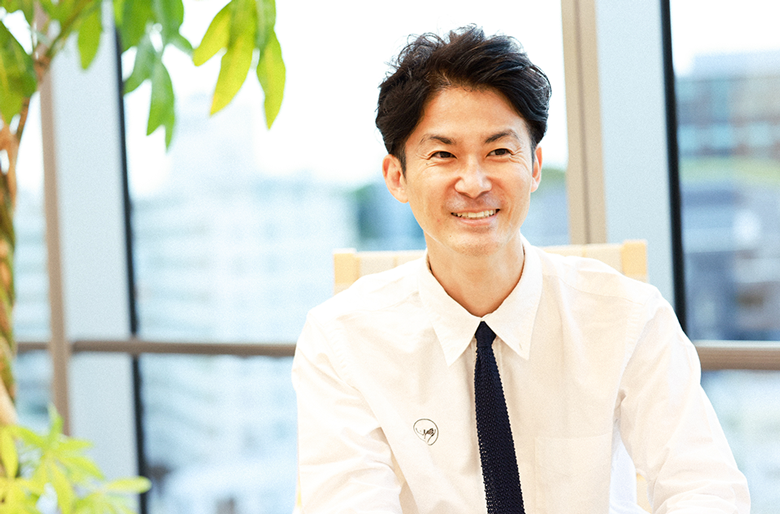
E.M.: If that happens, I feel like I'll want to rebuild too, so I understand how you feel.
T.K.:However, I would like you to understand that reconstructive surgery is not magic, it is painful, and it takes time and money.
YH:As a husband, I'm worried about my wife's health. I feel like going through the hardships of breast cancer treatment and then undergoing breast reconstruction can be very damaging both mentally and physically. I thought that the reason why the breast reconstruction rate was surprisingly low was because my family was stopping me from getting breast reconstruction.
T.K.:I don't think I would recommend it to my wife either.
E.M.: As a woman, I want my partner to tell me that it doesn't have to be done. I would appreciate it if you could support me if I really wanted to rebuild.
T.K.: Breast cancer must be treated quickly, but breast reconstruction can be done at any time. Immediately after being diagnosed, people cry and feel depressed, go to various hospitals, and think about treatments, but usually after about a year they are able to accept that they have the disease and become mentally healthy.
Some people change their mind and choose not to rebuild. Just as going to a hair salon or nail salon is not always a must, breast reconstruction is also a treatment that doesn't have to be done.
E.M.:If you know that there are options when it comes to reconstruction, and that there are options that don't require reconstruction, you can approach the treatment with peace of mind. BEAMS would like to support customers who are suffering from breast cancer. I wish I could help you feel better through fashion, such as enjoying clothes that don't show off your body line.
T.K.:In addition to plastic surgery, my clinic also has cosmetic surgery, and I distribute hand-made leaflets about breast cancer to my patients. I hope that by enlightening people, it will be an opportunity for them to know the correct knowledge.
E.M.: It would be great if, as an extension of cosmetic surgery, we could raise awareness about breast cancer and lead to early detection.
Breast cancer is a long-lived disease
Have a medical checkup once a year
Breast cancer is a long-lived disease
Have a medical checkup once a year
YH: After hearing your story today, I felt like talking about breast cancer again with my wife. Can your doctor give you any advice on how to help your partner go into the checkup with a positive mindset?
T.K.: Breast cancer is a disease that can help you live a long life if detected and treated early. Naturally, the sooner you receive treatment, the lighter the burden will be on your mind, body, and treatment costs. Some people are afraid of finding breast cancer during a medical checkup, but for the sake of your loved ones, it's a good idea to get it done at least once a year.
E.M.: Even if I got breast cancer, I would feel better mentally after a year, and I had hope knowing that I could have my breasts reconstructed later. For this reason, I will continue to undergo regular breast cancer screening.
YH:I wish I could empathize with my wife and be closer to her.
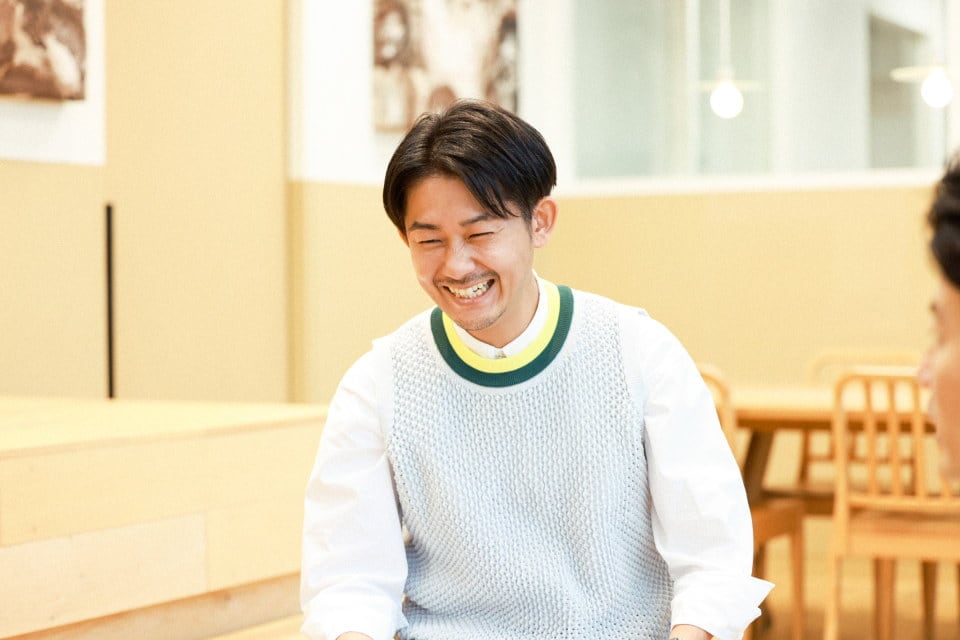
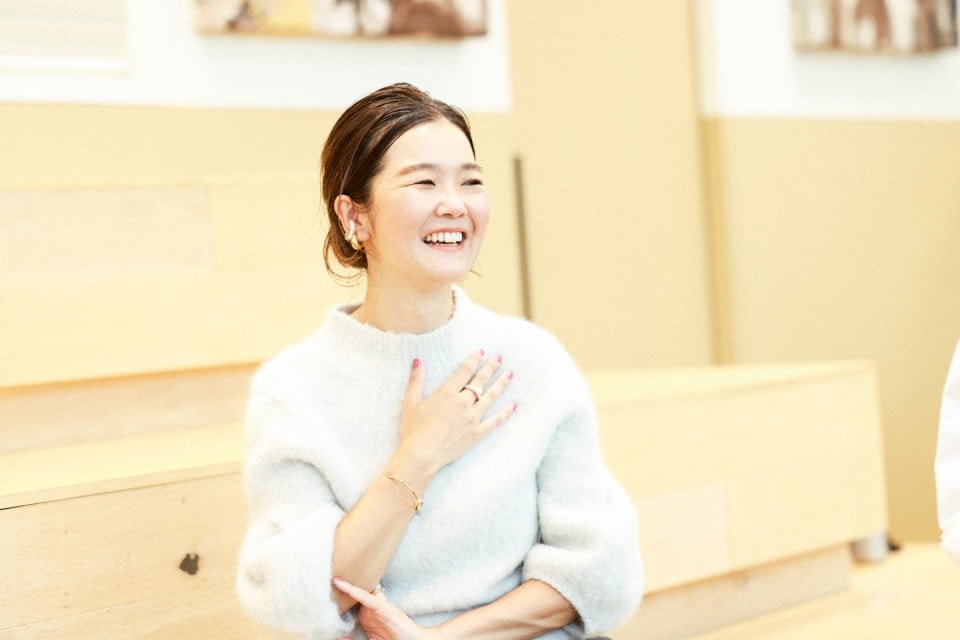
(*1) Source: National Cancer Center “Cancer Information Service” latest cancer statistics
https://ganjoho.jp/reg_stat/statistics/stat/summary.html
Taro Kusano MD, Ph.D. TARO KUSANO CLINIC
Taro Kusano / Director of Taro Kusano Clinic, Doctor of Medicine, plastic surgeon, and concurrent lecturer at Showa University. In 2001, he joined the Showa University Department of Plastic Surgery. While studying in various places, she served as the chief of the breast reconstruction team at the university's Breast Center for five years, and opened her own clinic in 2019. She also has a deep knowledge of fashion, having studied at Bunka Fashion College's night club, and also makes white coats and underwear for breast cancer patients after surgery.
Yu Hozumi (Uniform Circus BEAMS staff)
Yu Hozumi/Born in 1986. In charge of Uniform Circus BEAMS. Through employee training, she became interested in the Pink Ribbon Movement, and this year she joined an in-house project team to spread correct understanding of breast cancer. I am 35 years old and live with my 32-year-old wife, who is in the generation at risk for early-onset breast cancer.
Etsuko Meguro (BEAMS Promotion Div.)
Etsuko Meguro/Born in 1983. In charge of press for BEAMS Swimmen. People in their 40s will soon have a high incidence of breast cancer. Up until now, breast cancer screening has been done using ultrasound echoes, but this time I am considering taking Dr. Kusano's advice and trying mammography, an X-ray test that is appropriate for my age. Instagram@meguro_etsuko
- CROSS TALK -
Text::Mikiko Manaka / Photography:80percent_photos
- CROSS TALK -
Text::Mikiko Manaka
Photography:80percent_photos
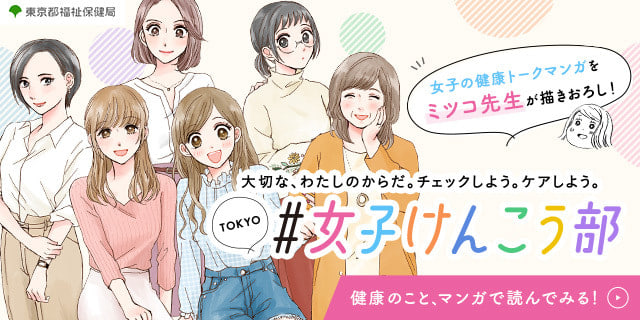
Try reading the manga! About breast cancer.
``Read Manga!'' on the ``TOKYO #Women's Health Department,'' a portal site that supports women's health and is operated by the Tokyo Metropolitan Bureau of Welfare and Health. About breast cancer. ” is now available. Through manga, you can deepen your knowledge about breast cancer.
https://www.fukushihoken.metro.tokyo.lg.jp/joshi-kenkobu/nyugan/




